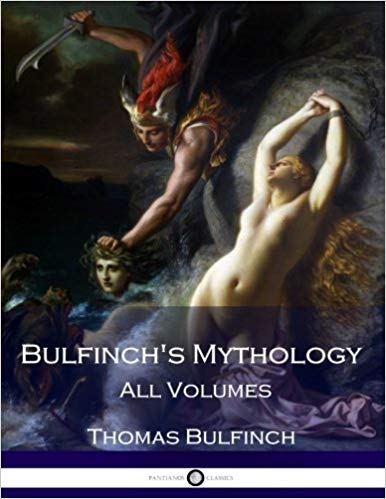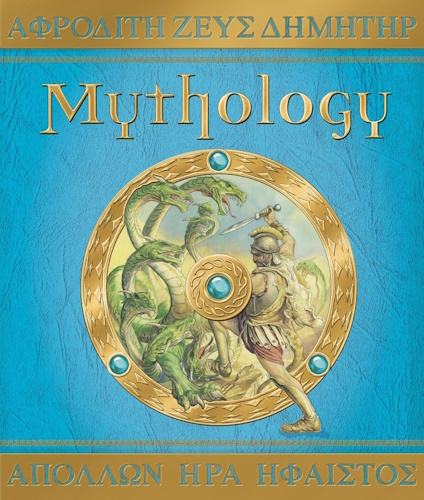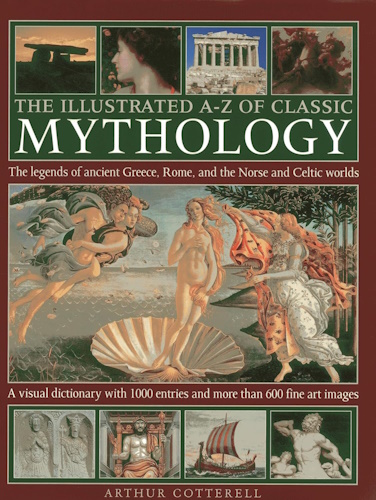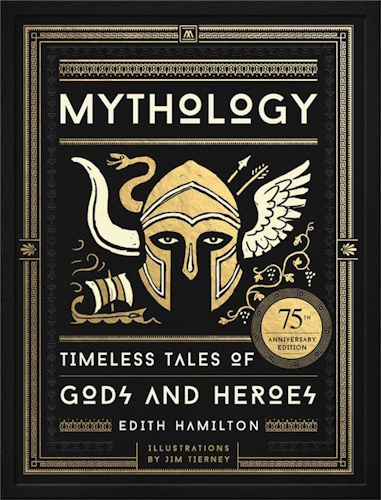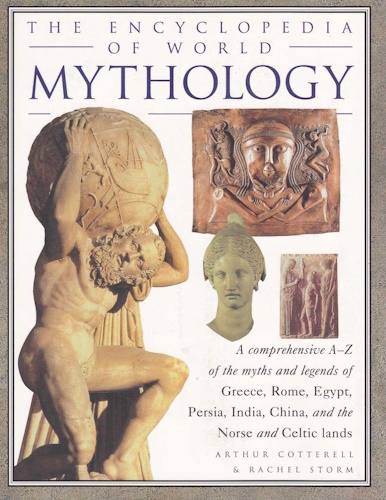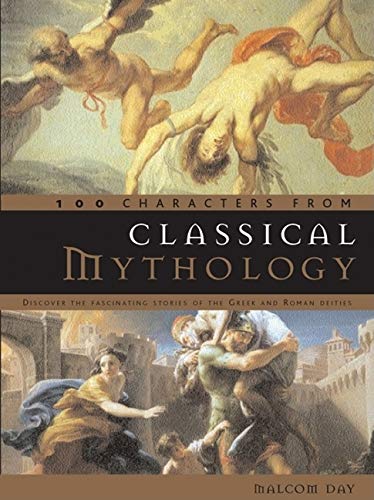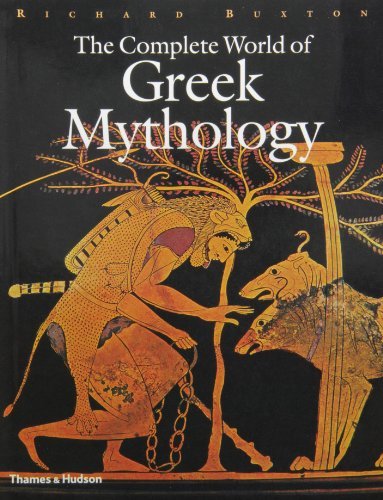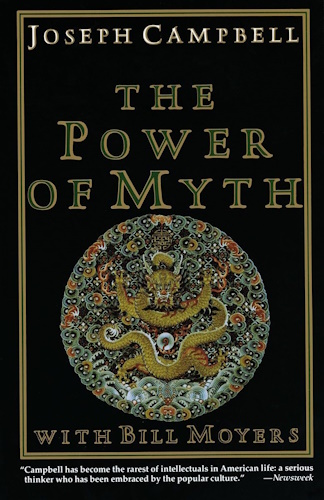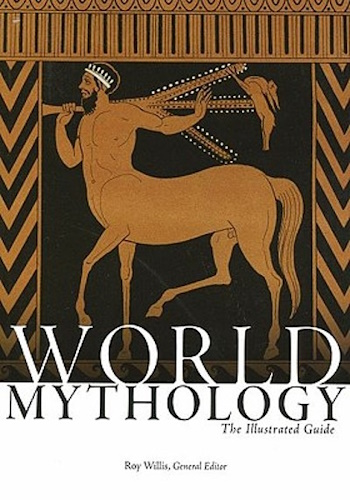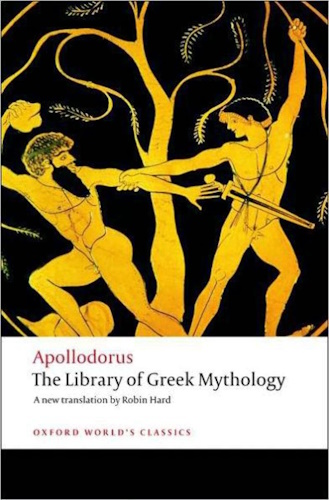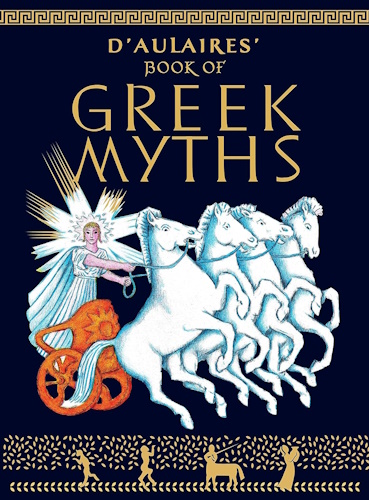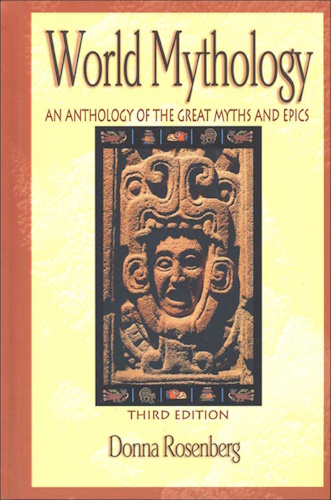
![]()
![]()
OGIER, THE DANE (Continued)
CHARLEMAGNE had not forgotten the offence of Geoffroy, the King of Denmark, in withholding homage, and now prepared to enforce submission. But at this crisis he was waited upon by an embassy from Geoffroy, acknowledging his fault, and craving assistance against an army of invaders who had attacked his states with a force which he was unable to repel. The soul of Charlemagne was too great to be implacable, and he took this opportunity to test that of Ogier, who had felt acutely the unkindness of his father, in leaving him, without regard or notice, fifteen years in captivity. Charles asked Ogier whether, in spite of his father's neglect, he was disposed to lead an army to his assistance. He replied, "A son can never be excused from helping his father by any cause short of death." Charlemagne placed an army of a thousand knights under the command of Ogier, and great numbers more volunteered to march under so distinguished a leader. He flew to the succor of his father, repelled the invaders, and drove them in confusion to their vessels. Ogier then hastened to the capital, but as he drew near the city he heard all the bells sounding a knell. He soon learned the cause; it was the obsequies of Geoffroy, the King. Ogier felt keenly the grief of not having been permitted to embrace his father once more, and to learn his latest commands; but he found that his father had declared him heir to his throne. He hastened to the church where the body lay; he knelt and bathed the lifeless form with his tears. At that moment a celestial light beamed all around, and a voice of an angel said, "Ogier, leave thy crown to Guyon, thy brother, and bear no other title than that of 'The Dane.' Thy destiny is glorious, and other kingdoms are reserved for thee." Ogier obeyed the divine behest. He saluted his stepmother respectfully, and embracing his brother, told him that he was content with his lot in being reckoned among the paladins of Charlemagne, and resigned all claims to the crown of Denmark.
Ogier returned covered with glory to the court of Charlemagne, and the Emperor, touched with this proof of his attachment, loaded him with caresses, and treated him almost as an equal.
We pass in silence the adventures of Ogier for several ensuing years, in which the fairy-gifts of his infancy showed their force in making him successful in all enterprises, both of love and war. He married the charming Belicene, and became the father of young Baldwin, a youth who seemed to inherit in full measure the strength and courage of his father and the beauty of his mother. When the lad was old enough to be separated from his mother, Ogier took him to court and presented him to Charlemagne, who embraced him and took him into his service. It seemed to Duke Namo, and all the elder knights, as if they saw in him Ogier himself, as he was when a youth; and this resemblance won for the lad their kind regards. Even Charlot at first seemed to be fond of him, though after a while the resemblance to Ogier which he noticed had the effect to excite his hatred.
Baldwin was attentive to Charlot, and lost no occasion to be serviceable. The Prince loved to play chess, and Baldwin, who played well, often made a party with him.
One day Charlot was nettled at losing two pieces in succession; he thought he could, by taking a piece from Baldwin, get some amends for his loss; but Baldwin, seeing him fall into a trap which he had set for him, could not help a slight laugh, as he said, "Check-mate." Charlot rose in a fury, seized the rich and heavy chess-board, and dashed it with all his strength on the head of Baldwin, who fell, and died where he fell.
Frightened at his own crime, and fearing the vengeance of the terrible Ogier, Charlot concealed himself in the interior of the palace. A young companion of Baldwin hastened and informed Ogier of the event. He ran to the chamber, and beheld the body of his child bathed in blood, and it could not be concealed from him that Charlot gave the blow. Transported with rage, Ogier sought Charlot through the palace, and Charlot, feeling safe nowhere else, took refuge in the hall of Charlemagne, where he seated himself at table with Duke Namo and Salomon, Duke of Brittany. Ogier, with sword drawn, followed him to the very table of the Emperor. When a cupbearer attempted to bar his way he struck the cup from his hand and dashed the contents in the Emperor's face. Charles rose in a passion, seized a knife, and would have plunged it into his breast, had not Salomon and another baron thrown themselves between, while Namo, who had retained his ancient influence over Ogier, drew him out of the room. Foreseeing the consequence of this violence, pitying Ogier, and in his heart excusing him, Namo hurried him away before the guards of the palace could arrest him, made him mount his horse, and leave Paris.
Charlemagne called together his peers, and made them take an oath to do all in their power to arrest Ogier, and bring him to condign punishment. Ogier on his part sent messages to the Emperor, offering to give himself up on condition that Charlot should be punished for his atrocious crime. The Emperor would listen to no conditions, and went in pursuit of Ogier at the head of a large body of soldiers. Ogier, on the other hand, was warmly supported by many knights, who pledged themselves in his defence. The contest raged long, with no decisive results. Ogier more than once had the Emperor in his power, but declined to avail himself of his advantage, and released him without conditions. He even implored pardon for himself, but demanded at the same time the punishment of Charlot. But Charlemagne was too blindly fond of his unworthy son to subject him to punishment for the sake of conciliating one who had been so deeply injured.
At length, distressed at the blood which his friends had lost in his cause, Ogier dismissed his little army, and slipping away from those who wished to attend him, took his course to rejoin the Duke Guyon, his brother. On his way, having reached the forest of Ardennes, weary with long travel, the freshness of a retired valley tempted him to lie down to take some repose. He unsaddled Beiffror, relieved himself of his helmet, lay down on the turf, rested his head on his shield, and slept.
It so happened that Turpin, who occasionally recalled to mind that he was Archbishop of Rheins, was at that time in the vicinity, making a pastoral visit to the churches under his jurisdiction. But his dignity of peer of France, and his martial spirit, which caused him to be reckoned among the "preux chevaliers" of his time, forbade him to travel without as large a retinue of knights as he had of clergymen. One of these was thirsty, and knowing the fountain on the borders of which Ogier was reposing, he rode to it, and was struck by the sight of a knight stretched on the ground. He hastened back, and let the Archbishop know, who approached the fountain, and recognized Ogier.
The first impulse of the good and generous Turpin was to save his friend, for whom he felt the warmest attachment; but his archdeacons and knights, who also recognized Ogier, reminded the Archbishop of the oath which the Emperor had exacted of them all. Turpin could not be false to his oath; but it was not without a groan that he permitted his followers to bind the sleeping knight. The Archbishop's attendants secured the horse and arms of Ogier, and conducted their prisoner to the Emperor at Soissons.
The Emperor had become so much embittered by Ogier's obstinate resistance, added to his original fault, that he was disposed to order him to instant death. But Turpin, seconded by the good Dukes Namo and Salomon, prayed so hard for him that Charlemagne consented to remit a violent death, but sentenced him to close imprisonment, under the charge of the Archbishop, strictly limiting his food to one quarter of a loaf of bread per day, with one piece of meat, and a quarter of a cup of wine. In this way he hoped to quickly put an end to his life without bringing on himself the hostility of the King of Denmark, and other powerful friends of Ogier. He exacted a new oath of Turpin to obey his order strictly.
The good Archbishop loved Ogier too well not to cast about for some means of saving his life, which he foresaw he would soon lose if subjected to such scanty fare, for Ogier was seven feet tall, and had an appetite in proportion. Turpin remembered, moreover, that Ogier was a true son of the Church, always zealous to propagate the faith and subdue unbelievers; so he felt justified in practising on this occasion what in later times has been entitled "mental reservation," without swerving from the letter of the oath which he had taken. This is the method he hit upon.
Every morning he had his prisoner supplied with a quarter of a loaf of bread, made of two bushels of flour, to this he added a quarter of a sheep or a fat calf, and he had a cup made which held forty pints of wine, and allowed Ogier a quarter of it daily.
Ogier's imprisonment lasted long; Charlemagne was astonished to hear, from time to time, that he still held out; and when he inquired more particularly of Turpin, the good Archbishop, relying on his own understanding of the words, did not hesitate to affirm positively that he allowed his prisoner no more than the permitted ration.
We forgot to say that, when Ogier was led prisoner to Soissons, the Abbot of Saint Faron, observing the fine horse Beiffror, and not having at the time any other favor to ask of Charlemagne, begged the Emperor to give him the horse, and had him taken to his abbey. He was impatient to try his new acquisition, and when he had arrived in his litter at the foot of the mountain where the horse had been brought to meet him mounted him and rode onward. The horse, accustomed to bear the enormous weight of Ogier in his armor, when he perceived nothing on his back but the light weight of the Abbot, whose long robes fluttered against his sides, ran away, making prodigious leaps over the steep acclivities of the mountain till he reached the convent of Jouaire, where, in sight of the Abbess and her nuns, he threw the Abbot, already half dead with fright, to the ground. The Abbot, bruised and mortified, revenged himself on poor Beiffror, whom he condemned, in his wrath, to be given to the workmen to drag stones for a chapel that he was building near the abbey. Thus, ill-fed, hard-worked, and often beaten, the noble horse Beiffror passed the time while his master's imprisonment lasted.
That imprisonment would have been as long as his life if it had not been for some important events which forced the Emperor to set Ogier at liberty.
The Emperor learned at the same time that Carahue, King of Mauritania, was assembling an army to come and demand the liberation of Ogier; that Guyon, King of Denmark, was prepared to second the enterprise with all his forces; and, worse than all, that the Saracens, under Bruhier, Sultan of Arabia, had landed in Gascony, taken Bordeaux, and were marching with all speed for Paris.
Charlemagne now felt how necessary the aid of Ogier was to him. But, in spite of the representations of Turpin, Namo, and Salomon, he could not bring himself to consent to surrender Charlot to such punishment as Ogier should see fit to impose. Besides, he believed that Ogier was without strength and vigor, weakened by imprisonment and long abstinence.
At this crisis he received a message from Bruhier, proposing to put the issue upon the result of a combat between himself and the Emperor or his champion; promising, if defeated, to withdraw his army. Charlemagne would willingly have accepted the challenge, but his counsellors all opposed it. The herald was therefore told that the Emperor would take time to consider his proposition, and give his answer the next day.
It was during this interval that the three Dukes succeeded in prevailing upon Charlemagne to pardon Ogier, and to send for him to combat the puissant enemy who now defied him; but it was no easy task to persuade Ogier. The idea of his long imprisonment and the recollection of his son, bleeding and dying in his arms by the blow of the ferocious Charlot, made him long resist the urgency of his friends. Though glory called him to encounter Bruhier, and the safety of Christendom demanded the destruction of this proud enemy of the faith, Ogier only yielded at last on condition that Charlot should be delivered into his hands to be dealt with as he should see fit.
The terms were hard, but the danger was pressing, and Charlemagne, with a returning sense of justice, and a strong confidence in the generous though passionate soul of Ogier, at last consented to them.
Ogier was led into the presence of Charlemagne by the three peers. The Emperor, faithful to his word, had caused Charlot to be brought into the hall where the high barons were assembled, his hands tied, and his head uncovered. When the Emperor saw Ogier approach he took Charlot by the arm, led him towards Ogier, and said these words: "I surrender the criminal; do with him as you think fit." Ogier, without replying, seized Charlot by the hair, forced him on his knees, and lifted with the other hand his irresistible sword. Charlemagne, who expected to see the head of his son rolling at his feet, shut his eyes and uttered a cry of horror.
Ogier had done enough. The next moment he raised Charlot, cut his bonds, kissed him on the mouth, and hastened to throw himself at the feet of the Emperor.
Nothing can exceed the surprise and joy of Charlemagne at seeing his son unharmed and Ogier kneeling at his feet. He folded him in his arms, bathed him with tears, and exclaimed to his barons, "I feel at this moment that Ogier is greater than I." As for Charlot, his base soul felt nothing but the joy of having escaped death; he remained such as he had been, and it was not till some years afterwards he received the punishment he deserved, from the hands of Huon of Bordeaux, as we have seen in a former chapter.
-
Urantia Book, 44:0.11 - The Celestial Artisans
Never in your long ascendancy will you lose the power to recognize your associates of former existences. Always, as you ascend inward in the scale of life, will you retain the ability to recognize and fraternize with the fellow beings of your previous and lower levels of experience. Each new translation or resurrection will add one more group of spirit beings to your vision range without in the least depriving you of the ability to recognize your friends and fellows of former estates.
-
Princess Bride 1987 Wallace Shawn (Vizzini) and Mandy Patinkin (Inigo Montoya)
Vizzini: HE DIDN'T FALL? INCONCEIVABLE.
Inigo Montoya: You keep using that word. I do not think it means what you think it means. -
Urantia Book, 117:4.14 - The Finite God
And here is mystery: The more closely man approaches God through love, the greater the reality -- actuality -- of that man. The more man withdraws from God, the more nearly he approaches nonreality -- cessation of existence. When man consecrates his will to the doing of the Father's will, when man gives God all that he has, then does God make that man more than he is.
-
Urantia Book, 167:7.4 - The Talk About Angels
"And do you not remember that I said to you once before that, if you had your spiritual eyes anointed, you would then see the heavens opened and behold the angels of God ascending and descending? It is by the ministry of the angels that one world may be kept in touch with other worlds, for have I not repeatedly told you that I have other sheep not of this fold?"
-
Urantia Book, Foreword - 0:12.12 - The Trinities
But we know that there dwells within the human mind a fragment of God, and that there sojourns with the human soul the Spirit of Truth; and we further know that these spirit forces conspire to enable material man to grasp the reality of spiritual values and to comprehend the philosophy of universe meanings. But even more certainly we know that these spirits of the Divine Presence are able to assist man in the spiritual appropriation of all truth contributory to the enhancement of the ever-progressing reality of personal religious experience—God-consciousness.
-
Urantia Book, 1:4.3 - The Mystery Of God
When you are through down here, when your course has been run in temporary form on earth, when your trial trip in the flesh is finished, when the dust that composes the mortal tabernacle "returns to the earth whence it came"; then, it is revealed, the indwelling "Spirit shall return to God who gave it." There sojourns within each moral being of this planet a fragment of God, a part and parcel of divinity. It is not yet yours by right of possession, but it is designedly intended to be one with you if you survive the mortal existence.
-
Urantia Book, 1:4.1 - The Mystery Of God
And the greatest of all the unfathomable mysteries of God is the phenomenon of the divine indwelling of mortal minds. The manner in which the Universal Father sojourns with the creatures of time is the most profound of all universe mysteries; the divine presence in the mind of man is the mystery of mysteries.
-
Urantia Book, 1:4.6 - The Mystery Of God
To every spirit being and to every mortal creature in every sphere and on every world of the universe of universes, the Universal Father reveals all of his gracious and divine self that can be discerned or comprehended by such spirit beings and by such mortal creatures. God is no respecter of persons, either spiritual or material. The divine presence which any child of the universe enjoys at any given moment is limited only by the capacity of such a creature to receive and to discern the spirit actualities of the supermaterial world.
-
Urantia Book, 11:0.1 - The Eternal Isle Of Paradise
Paradise is the eternal center of the universe of universes and the abiding place of the Universal Father, the Eternal Son, the Infinite Spirit, and their divine co-ordinates and associates. This central Isle is the most gigantic organized body of cosmic reality in all the master universe. Paradise is a material sphere as well as a spiritual abode. All of the intelligent creation of the Universal Father is domiciled on material abodes; hence must the absolute controlling center also be material, literal. And again it should be reiterated that spirit things and spiritual beings are real.
-
Urantia Book, 50:6.4 - Planetary Culture
Culture presupposes quality of mind; culture cannot be enhanced unless mind is elevated. Superior intellect will seek a noble culture and find some way to attain such a goal. Inferior minds will spurn the highest culture even when presented to them ready-made.
-
Urantia Book, 54:1.6 - True And False Liberty
True liberty is the associate of genuine self-respect; false liberty is the consort of self-admiration. True liberty is the fruit of self-control; false liberty, the assumption of self-assertion. Self-control leads to altruistic service; self-admiration tends towards the exploitation of others for the selfish aggrandizement of such a mistaken individual as is willing to sacrifice righteous attainment for the sake of possessing unjust power over his fellow beings.
-
Urantia Book, 54:1.9 - True And False Liberty
How dare the self-willed creature encroach upon the rights of his fellows in the name of personal liberty when the Supreme Rulers of the universe stand back in merciful respect for these prerogatives of will and potentials of personality! No being, in the exercise of his supposed personal liberty, has a right to deprive any other being of those privileges of existence conferred by the Creators and duly respected by all their loyal associates, subordinates, and subjects.
-
Urantia Book, 54:1.8 - True And False Liberty
There is no error greater than that species of self-deception which leads intelligent beings to crave the exercise of power over other beings for the purpose of depriving these persons of their natural liberties. The golden rule of human fairness cries out against all such fraud, unfairness, selfishness, and unrighteousness.
